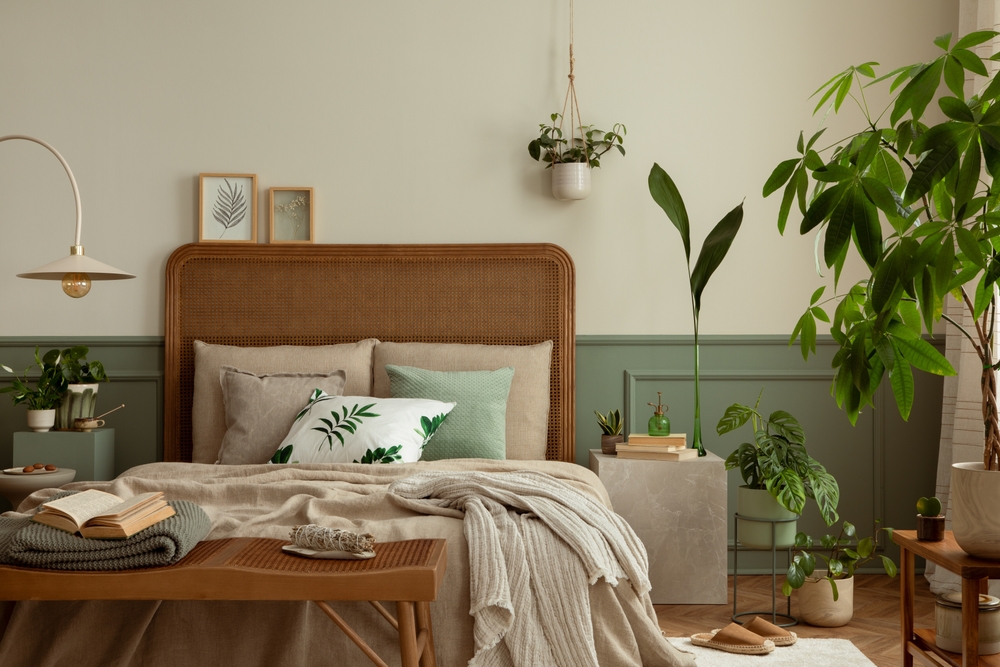What makes a home truly happy? While many focus on design trends or expensive furniture, the essence of a joyful home lies in the small, often overlooked items that create comfort, peace, and connection. Happy people tend to integrate simple touches into their living spaces that nurture well-being, promote positive habits, and foster a sense of belonging. These items may not make it to glossy magazine spreads, but their impact is quietly profound. Here are 11 little things that happy people almost always have in their homes, which most others might never think to include.
1. Gratitude Journals and Note Pads in Unexpected Places

Gratitude has been extensively studied for its benefits to mental health. According to research published in the journal Psychology Today, regularly practicing gratitude can lead to lower stress, better sleep, and improved relationships. Happy people often keep a small journal or pad of paper in various rooms of the house, such as the kitchen or nightstand. These serve as subtle reminders to jot down positive moments, even during the busiest days. This habit reinforces daily appreciation and mindfulness, creating a more optimistic home environment.
2. Houseplants in the Bathroom
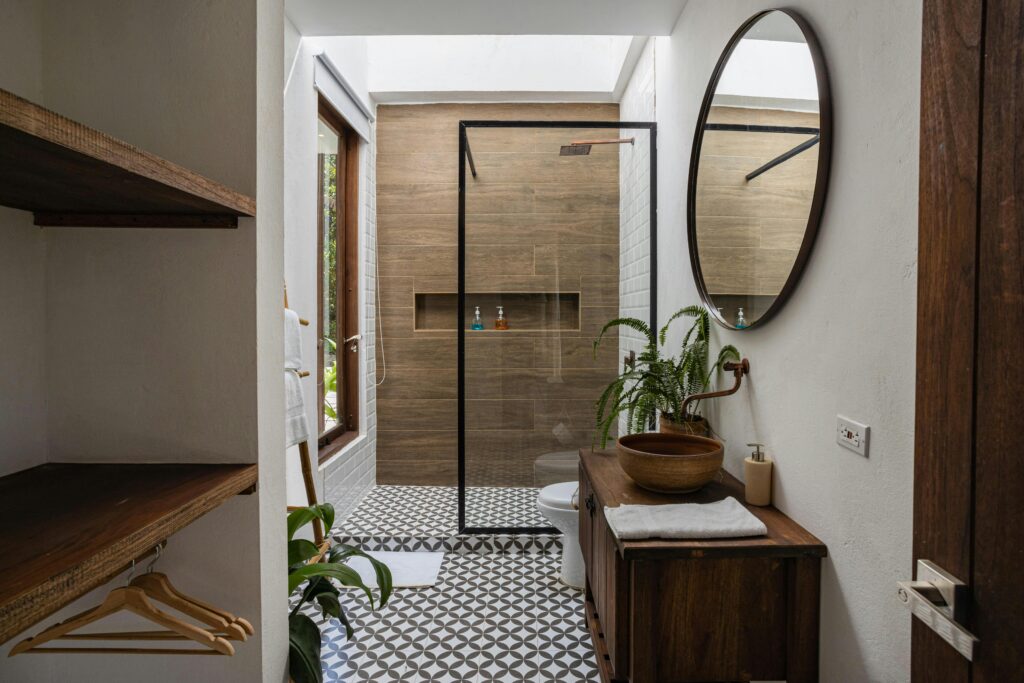
While plants in the living room are common, placing greenery in the bathroom is a trick many happy people swear by. The steam from showers creates a mini greenhouse effect, which benefits tropical plants like ferns or peace lilies. According to NASA’s Clean Air Study, certain houseplants can purify indoor air by removing toxins such as benzene and formaldehyde. Beyond air quality, studies from the University of Exeter show that indoor plants improve mood and cognitive function. A bit of greenery in the bathroom can start and end your day on a more tranquil note.
3. A Dedicated “Joy Drawer”
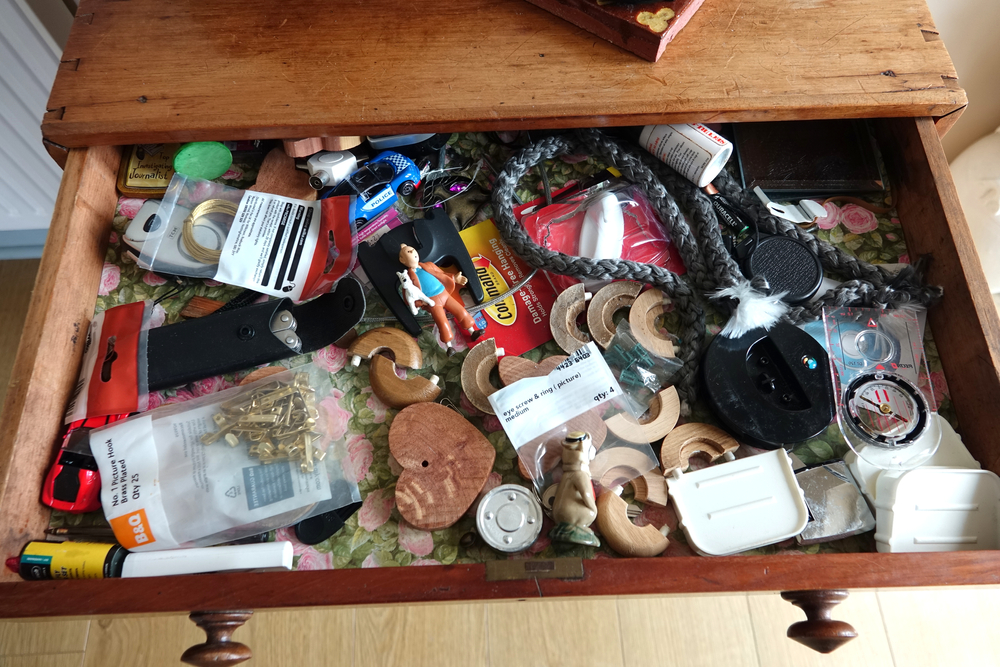
Most homes have a junk drawer, but happy households often include a “joy drawer” filled with items that spark laughter, creativity, or nostalgia. This could include silly photos, scented candles, comic books, or small toys. Unlike a drawer filled with clutter, this space is curated intentionally. According to the field of positive psychology, brief moments of joy can significantly influence long-term happiness. A joy drawer offers easy access to emotional pick-me-ups during tough days.
4. Intentional Lighting Layers
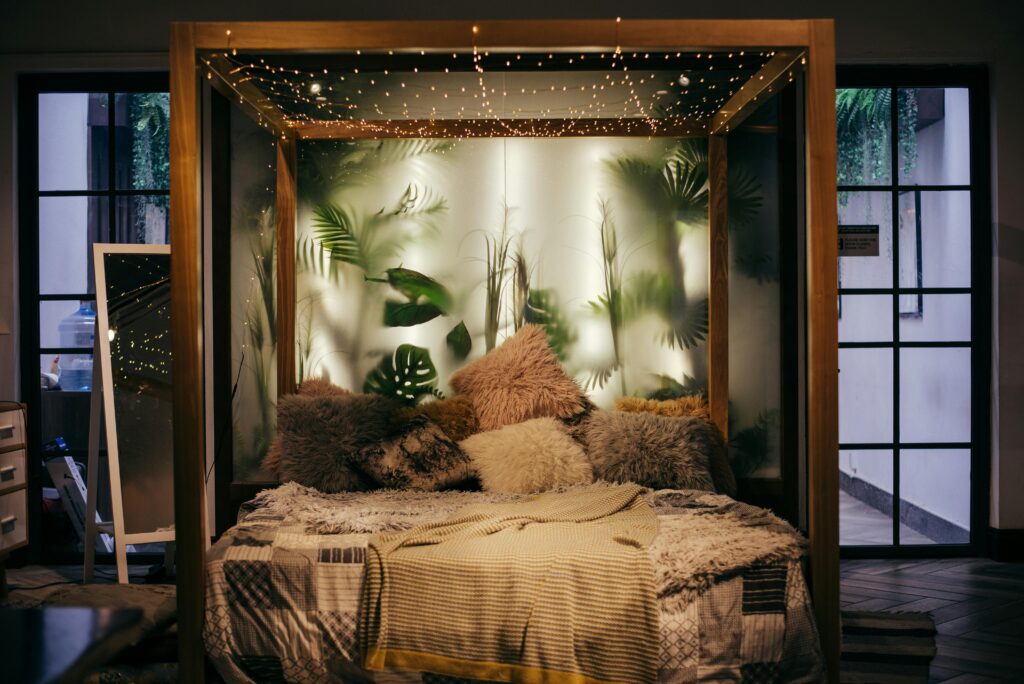
Many people rely solely on overhead lighting, which can feel harsh or sterile. In contrast, happy homes tend to feature multiple light sources including floor lamps, candles, and string lights. According to the Journal of Environmental Psychology, warm and dimmable lighting enhances relaxation and social interaction. Lighting plays a key role in regulating circadian rhythms, which are critical for mood and sleep. Soft, adjustable lighting allows for transitions throughout the day and sets the emotional tone for each room.
5. Aromatherapy Diffusers with Personalized Scents
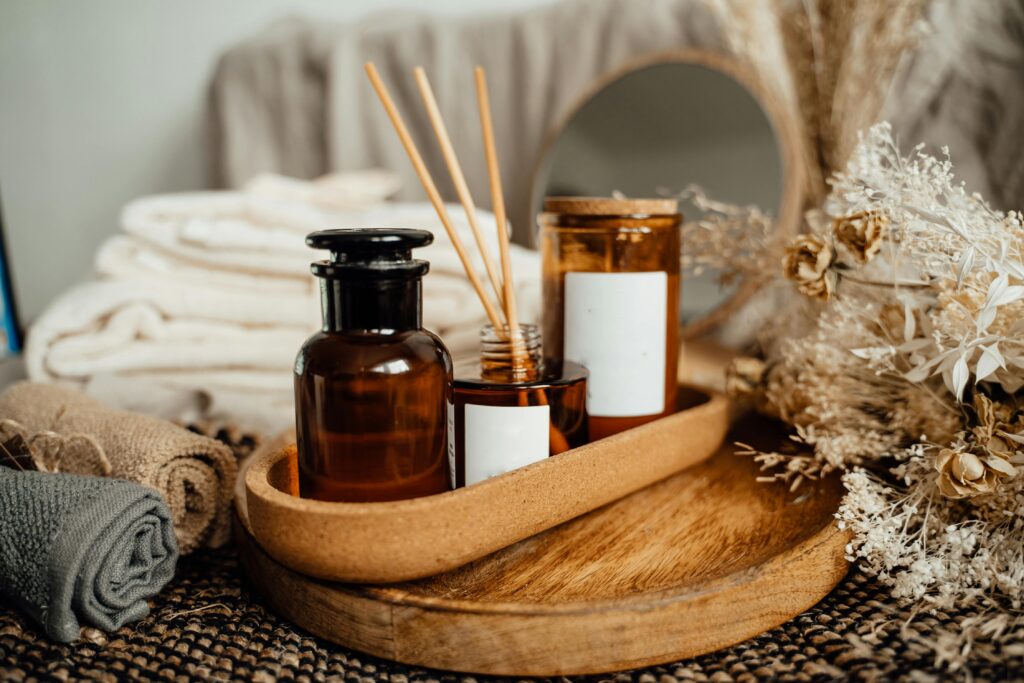
Smell is one of the most powerful senses tied to emotion and memory. Happy individuals often have essential oil diffusers with custom scent blends that suit their personal preferences. For instance, lavender and chamomile are known for their calming effects, while citrus scents like lemon or orange can boost energy and alertness. According to a study published in Frontiers in Psychology, essential oils can reduce anxiety and elevate mood when used regularly. A pleasant scent wafting through the air turns any space into a soothing retreat.
6. Interactive Art or Memory Walls

Rather than focusing solely on aesthetic art pieces, happy people often include interactive or sentimental art in their homes. Chalkboard walls, rotating photo displays, or collaborative art pieces invite participation and reflection. These elements help strengthen family bonds and foster creativity. Harvard research indicates that meaningful interactions and close relationships are key predictors of long-term happiness. An interactive art space creates opportunities for engagement and storytelling in everyday life.
7. Small Ritual Corners
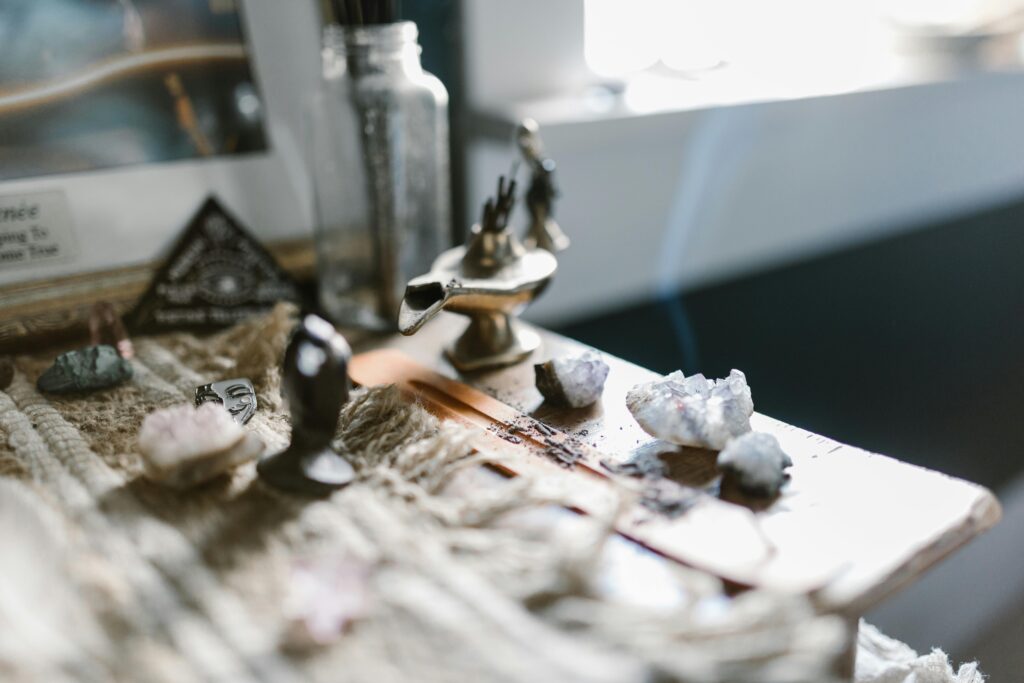
Happy homes frequently include spaces devoted to personal rituals. These might be a small meditation cushion in a corner, a tea-making station, or a table with a prayer candle. The point is not the ritual itself, but the act of creating time and space for it. Rituals provide structure, reduce anxiety, and offer a sense of control. Studies in The Journal of Positive Psychology highlight that personal rituals are strongly linked to emotional resilience. By carving out a special corner for quiet reflection or intentional practice, people add a meaningful layer to their daily routines.
Read More: These Plants May Be Pretty—But They’re Poisonous to Pets and People
8. A Bowl for Keys and Daily Intentions
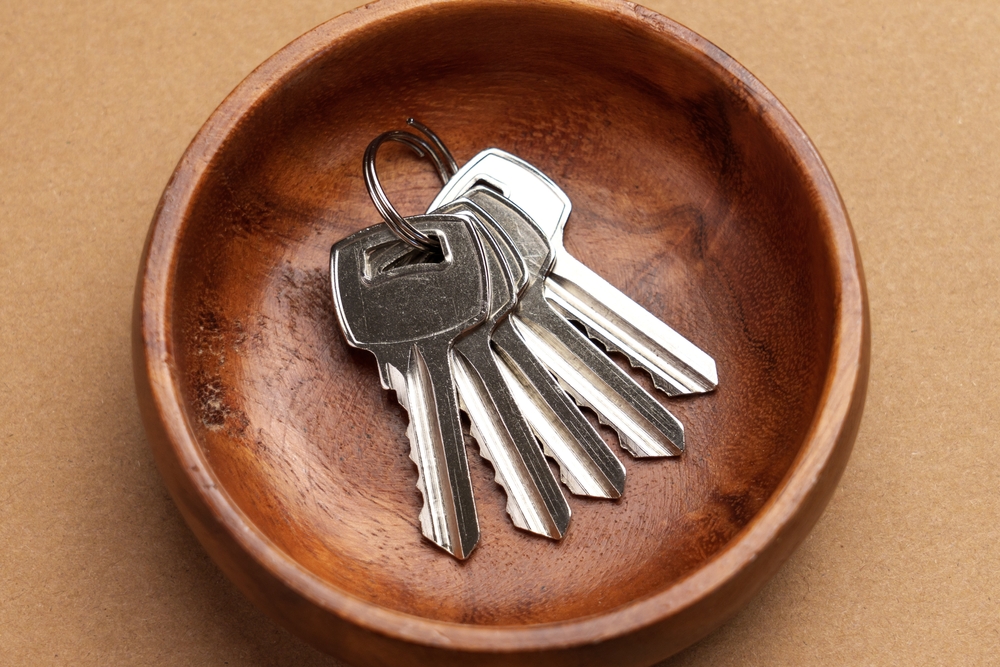
A bowl by the entryway may sound mundane, but in happy homes, it often holds more than keys. Some include a tiny notebook, affirmation cards, or small tokens to encourage positive thinking as people leave or enter the house. This micro-habit helps set the tone for the day and reinforces a sense of purpose. Behavioral psychologists believe that pairing an existing habit (like placing keys in a bowl) with a new one (like stating a daily goal) increases the likelihood of long-term habit formation.
9. Pet or Plant Corner
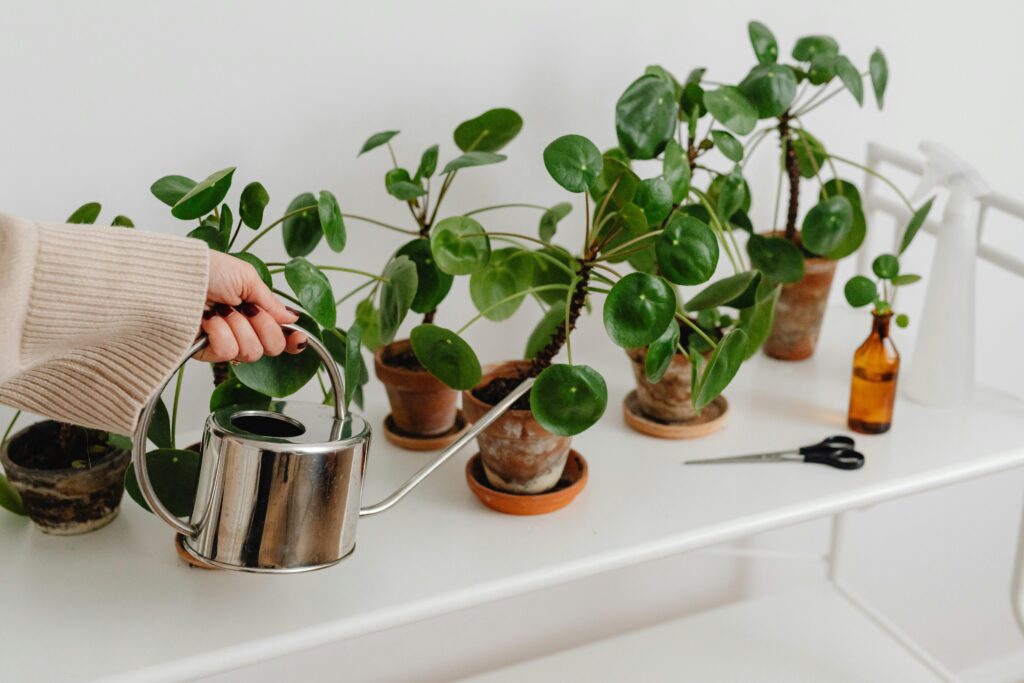
Even in homes without pets, happy people tend to create a designated “care corner.” This could be a cozy bed for a cat, an aquarium with low-maintenance fish, or a shelf of thriving succulents. Interacting with animals has been shown to lower cortisol levels and increase oxytocin, the bonding hormone. Likewise, tending to plants can promote mindfulness and responsibility. Creating a nurturing space for another living being cultivates empathy and provides daily joy, no matter how small the commitment.
10. A “No Tech” Zone
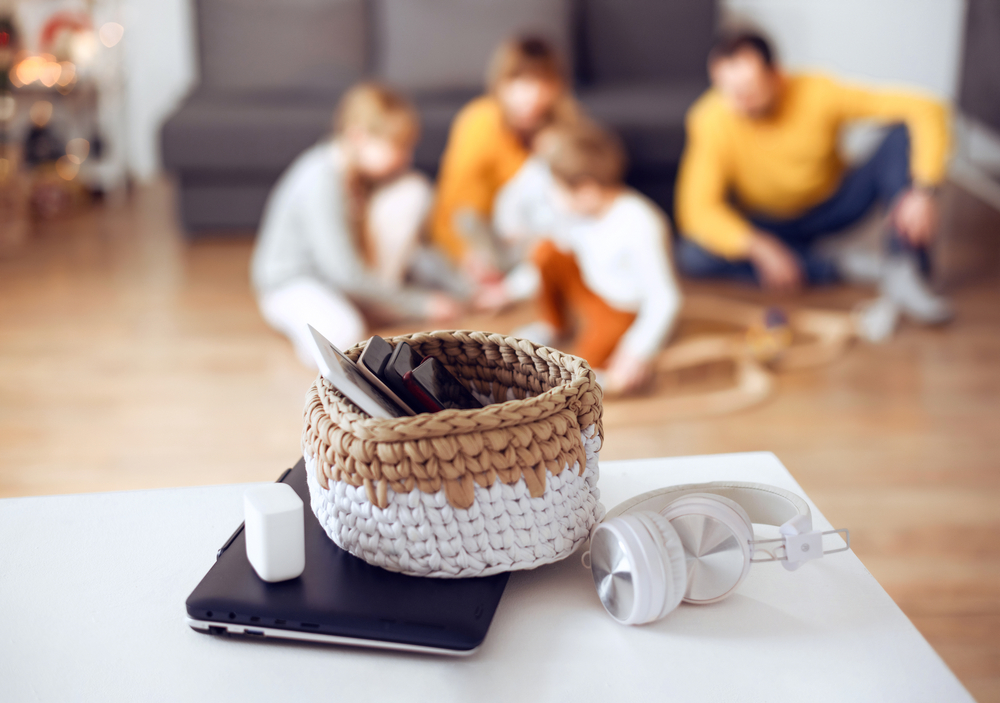
Happy households often designate one room or area as a technology-free zone. This might be the dining table, a corner reading nook, or a backyard patio. Without screens, people are more likely to engage in conversation, hobbies, or rest. Research from the American Psychological Association reveals that frequent digital interruptions lead to decreased focus and satisfaction. By setting boundaries on technology, people regain control over their attention and enhance their emotional connection with others.
11. An Unfinished Project or Hobby Station
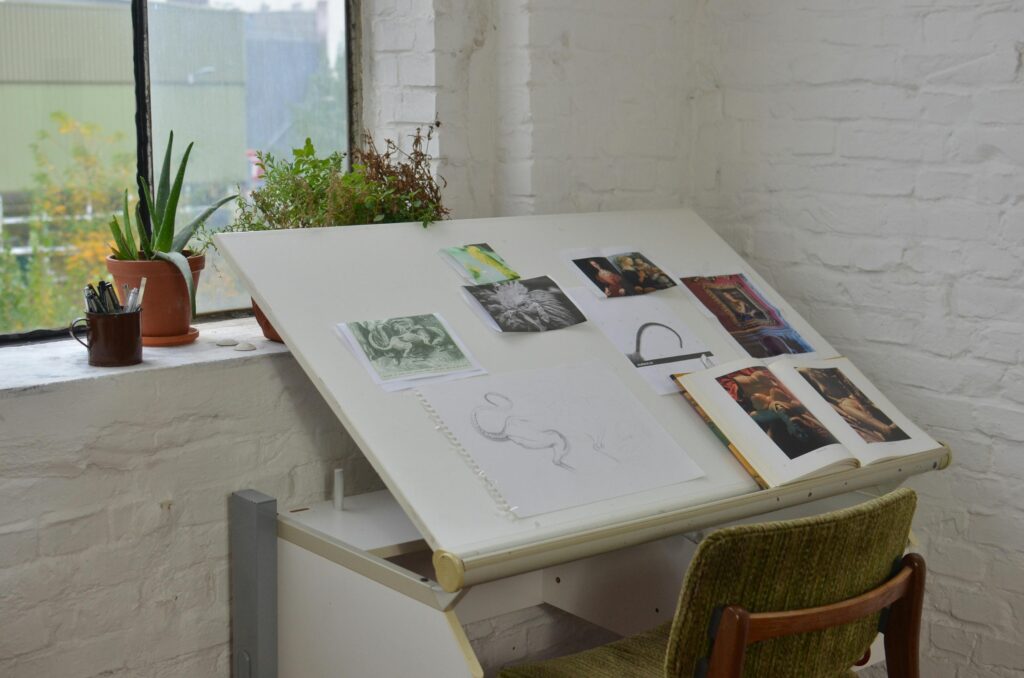
It may seem counterintuitive, but happy people often have a half-finished puzzle, sketchbook, knitting project, or musical instrument left out in plain sight. This is not a sign of disorganization. Rather, it reflects a lifestyle that values creativity and play. According to Psychology of Aesthetics, Creativity, and the Arts, engaging in creative activities leads to better problem-solving skills and reduced symptoms of depression. Having an accessible hobby setup encourages spontaneous engagement and breaks the monotony of daily routines.
Read More: 10 Minimalist Habits That Keep Homes Calm and Clutter-Free
Conclusion
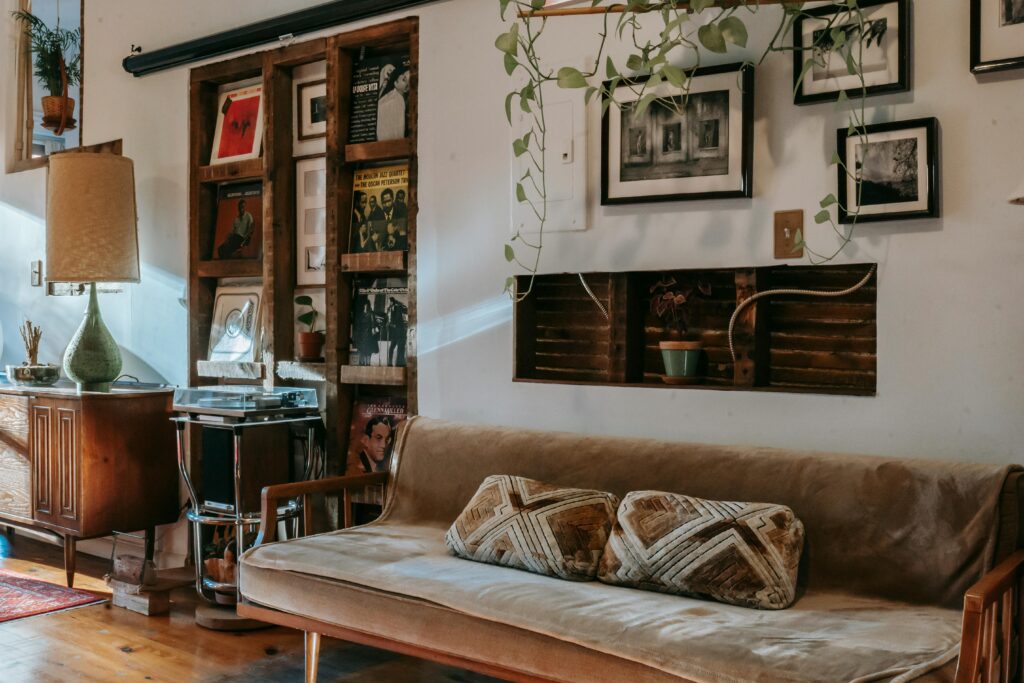
The happiest homes are not always the neatest, trendiest, or most perfectly designed. Instead, they are places filled with meaningful objects, intentional spaces, and nurturing rituals. Each of the items listed here reflects a deeper commitment to emotional well-being, self-awareness, and connectedness. Whether it’s a bowl of affirmations by the door or a houseplant thriving in the bathroom, these little things quietly shape the atmosphere of a home. While others might overlook them, happy people recognize their subtle but powerful impact. Adding even a few of these elements to your space can make your home feel more grounded, joyful, and truly alive.
Disclaimer: This article was created with AI assistance and edited by a human for accuracy and clarity.
